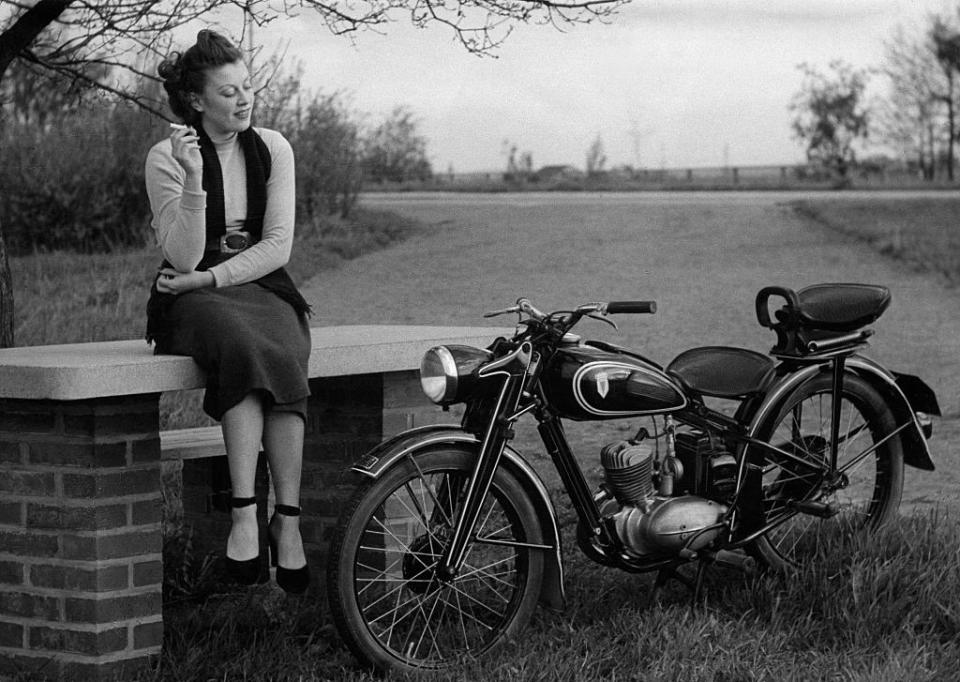This Is How an Engine and World War II Changed Motorcycling

Motorcycles weren't always the monocoque-framed, wide-tired, 200-mph speed machines you see today. In fact, the origins of the motorcycle date back to two-wheeled experiments in personal transportation stemming from the bicycle. And motorcycling has historically been about reducing the cost of getting from one place to another, though the joy induced by riding has always been a welcome side effect.
To that end, modern motorcyclists like myself owe it to our riding forebears to learn our two-wheeled history. And a significant piece of the complex puzzle that has led to modern motorcycling started before World War II.
As Ryan from the motorcycle-focused YouTube channel FortNine explains, the development of powerful, reliable two-stroke engine construction is directly linked to the onset and end of World War II. Specifically, a model known as the RT 125 made by German manufacturer DKW was initially the only model to benefit from the new two-stroke technology, known as schnuerle porting.
Named after German engineer Adolf Schnürle, the process of schnuerle porting was a revolutionary way to completely push exhaust gases out of the combustion chamber. By adding two intakes and one exhaust on the same side of the cylinder, schnuerle porting (also known as loop scavenging) reduced the amount of trapped exhaust in the upper combustion chamber, a common problem found in a cross-scavenged two-stroke engine.

"The two-stroke engine has gained increased importance over the course of time compared to the four-stroke engine due to the great simplicity it assumes under certain circumstances. The two-stroke types with slot scavenging, in which the exhaust and scavenging slots are controlled by the calving, are very advantageous," Schnürle writes in his 1924 patent application, which was approved in 1930 but not before DKW acquired the rights to the loop scavenging two-stroke technology in 1929. With DKW being the only manufacturer legally allowed to produce a motorcycle with a period-efficient and largely powerful engine, the future of competitive motorcycle options was looking grim for consumers.
Cycle World's long-time editor and motorcycle industry legend Kevin Cameron wrote about the disadvantages of cross-scavenged two-stroke motors back in 2017.

 Yahoo Autos
Yahoo Autos 